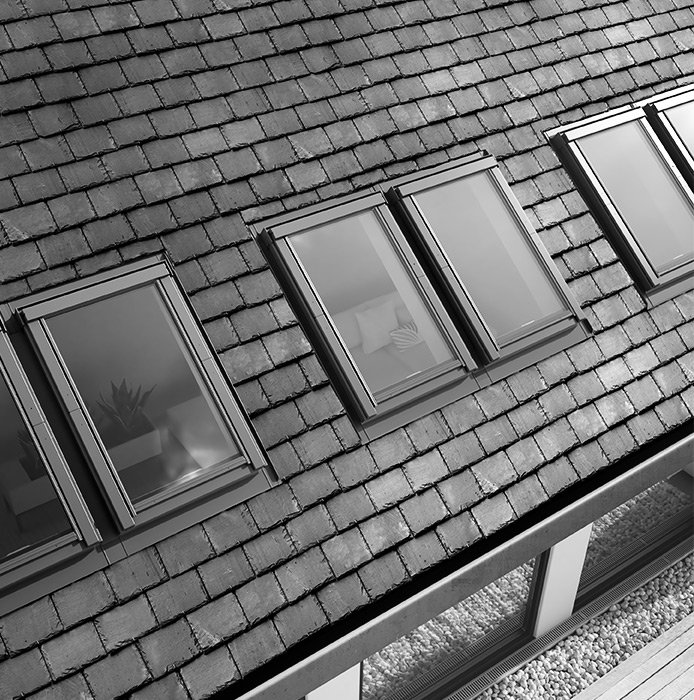Rated excellent on

When looking to help weatherproof your roof, the application of roofing sealant is a must. Roofing sealants are a type of adhesive that is applied to the surface of a roof to create a waterproof seal, giving you peace of mind that no nasty surprises are due when the rain starts to fall. The main purpose of using a roofing sealant is to prevent leaks and water damage by sealing gaps and cracks in the roof’s surface giving you a water tight finish.
When looking for roofing sealants, it is important to know that there are multiple types of roofing sealants on the market. These include silicone, polyurethane, and acrylic sealants. Gutter sealants are also available for sealing joints and corners in gutter systems.
Each type of roofing sealant comes with its own advantages and disadvantages, and the choice of sealant will depend on the specific needs of the roofing project. For more information on what roofing sealant to use and when, contact the team at Stormspell Roofing and we can happily assist.


Applying roofing sealant requires careful preparation and attention to detail to ensure that the sealant is applied correctly and effectively. Here are some key aspects to think of when applying roofing sealant
Clean the roof surface: Before applying the sealant, clean the roof surface thoroughly with a jet washer or scrub brush to remove any debris or dirt from the surface.This will help the sealant to properly stick to the surface.
Prepare the sealant: Instruction on how to prepare your sealant should be present on the packaging. Follow the instructions to prepare the sealant.
Apply the sealant: You can apply sealant to the roof surface by using a caulking gun or trowel. Make sure to apply the sealant evenly making sure to avoid over-applying or under-applying. Pay special attention to any areas that are prone to leaks or damage.
Smooth out the sealant: Use a tool or your finger to smooth out the sealant and ensure that it is evenly distributed.
Allow the sealant to dry: The drying time for roofing sealant will vary depending on the type of sealant and the weather conditions.
Roofing adhesives work by creating a bond between the roofing materials. They are normally applied in a liquid form that dries to form a strong, durable bond. Each adhesive has different properties and bond strengths – so make sure you check if you have the right adhesive for the job.
With the right adhesive, you can create a secure, waterproof, and long-lasting bond between your roofing materials for a leak-proof and durable roof.
There are lots of types of roofing adhesives available on the market, including:
Asphalt-based adhesives: The most common type of roofing adhesive in the UK and is typically used to bond asphalt shingles or roll roofing.
Solvent-based adhesives: These adhesives are made with solvents that evaporate to leave a strong bond. They are typically used for bonding EPDM or TPO roofing membranes.
Water-based adhesives: These adhesives are made with water and are typically used for bonding PVC or other plastic roofing membranes.
Checkout Now
£0.00
items in cart, view bag